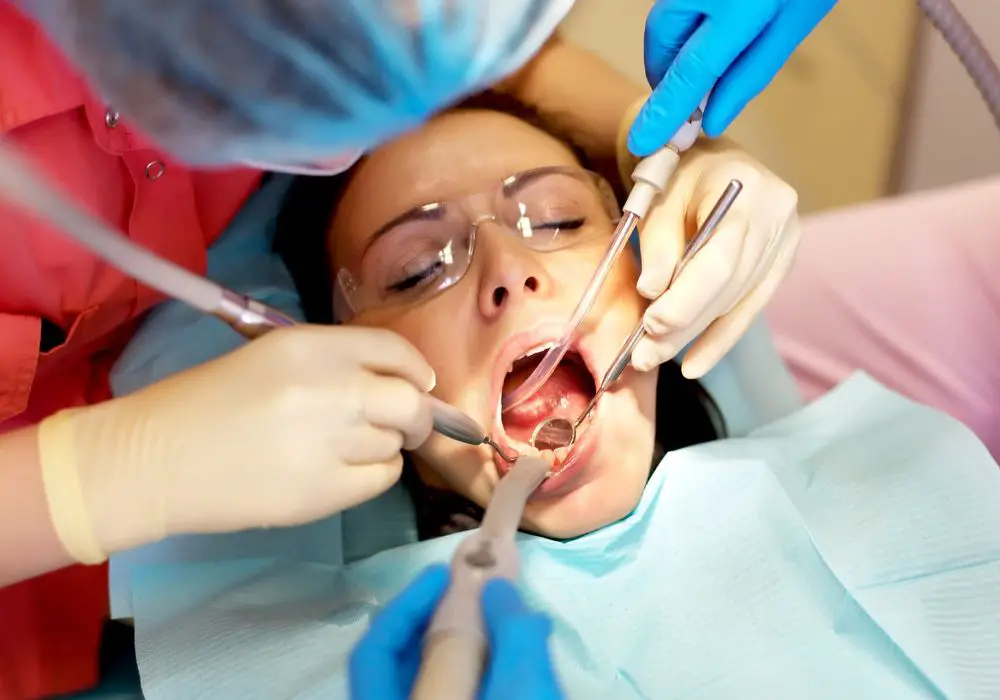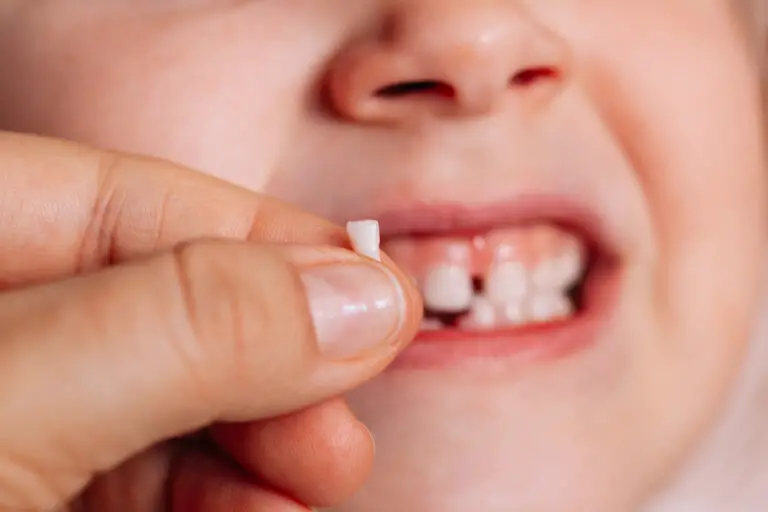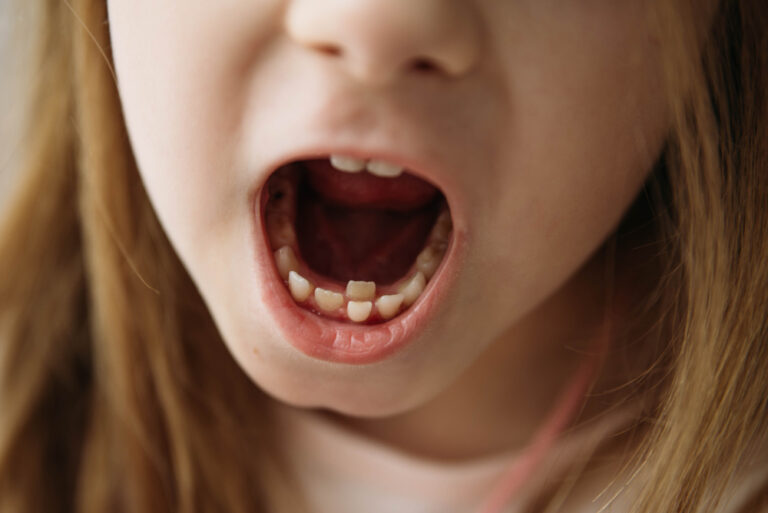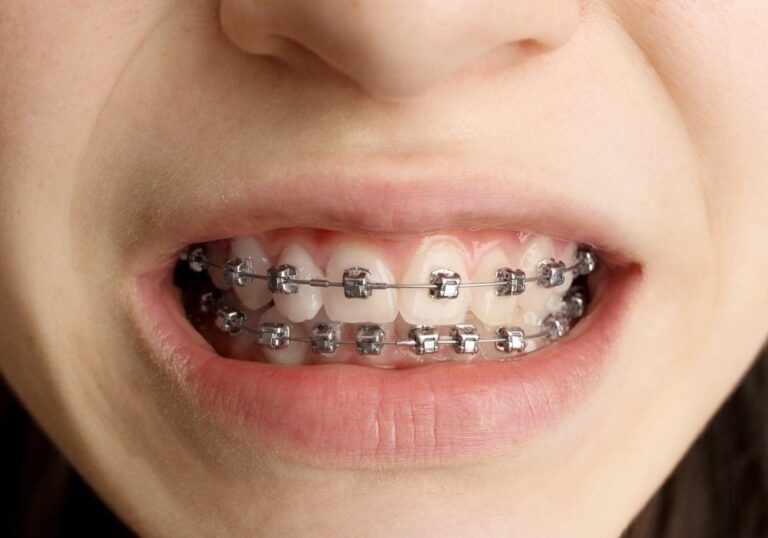What is plaque and why does it form?
Plaque is a soft, sticky film composed mainly of bacteria that constantly forms on teeth. Within 24 hours of brushing, a thin layer of plaque begins to coat the teeth again. As plaque builds over days and weeks, it hardens into tartar due to mineral deposits from saliva. Plaque buildup on teeth leads to two major oral health issues:
Tooth decay – When bacteria in plaque convert sugars into acid, this erodes and damages the enamel surface of teeth over time, causing cavities. The acid also irritates the gums.
Periodontal disease – Plaque that extends under the gumline causes inflammation and infection of the gingiva. As plaque spreads deeper, it can destroy the periodontal ligaments and bone that support teeth. This ultimately leads to tooth loss if left untreated.
Plaque contains hundreds of species of bacteria, both harmless and harmful. Certain bacteria interact to form plaque:
- Streptococcus mutans – This bacteria uses enzymes to produce acid from carbohydrate foods, which erodes enamel. S. mutans are found in higher amounts in plaque.
- Actinomyces – These filament-shaped bacteria help S. mutans attach and accumulate on the tooth surface within a sticky biofilm matrix.
- Fusobacterium – Rod-shaped bacteria that thrive in the oxygen-lacking environment under the gumline, leading to periodontal disease.
- Porphyromonas gingivalis – This bacteria causes chronic inflammation and damages soft periodontal tissue.
The bacteria in plaque depend on a constant food source from debris and sugars to proliferate. Saliva also provides key minerals like calcium and phosphate that facilitate plaque formation.
Where in the mouth does plaque build up?
Plaque can form on any teeth surface in the mouth but certain areas tend to have more rapid plaque accumulation and are prone to associated problems:
- Gumline – Plaque spreads and accumulates along the gingiva. The bacteria irritate the gums and trigger inflammation and infection called gingivitis. As gingivitis worsens into periodontitis, plaque spreads deeper below the gumline.
- Back teeth – Plaque easily builds up on the backs of teeth and around fillings due to inadequate cleaning of these surfaces. This leaves these teeth more vulnerable to decay.
- Front teeth – The front surfaces of bottom front teeth are constantly bathed in sugars from food and drinks. Plaque bacteria thrive and produce acid right on these unprotected enamel surfaces, leading to cavities.
- Pits and fissures – The chewing surfaces of back teeth have pits and grooves that trap food debris and plaque deep within them where it’s hard to reach and remove. Cavities start here.
- Interproximal surfaces – Plaque accumulates readily in the tight contacts between adjacent teeth, especially near the gums. This can only be removed properly by flossing, which many neglect.
Why is there plaque on the back of my teeth?

There are several key reasons why plaque tends to heavily accumulate on the back surfaces of teeth:
1. Difficult access for cleaning
The posterior surfaces of back teeth are the most difficult areas to reach with normal brushing. The toothbrush bristles cannot easily access the inner surfaces next to the tongue, behind the last molars, or on the insides of the upper back teeth.
These neglected zones allow bacteria to feast on food debris left behind and proliferate undisturbed into plaque. Even using a circular scrubbing motion, it is challenging to thoroughly clean all crevices and surfaces.
Some especially problematic spots for plaque buildup include:
- The backsides of the bottom front teeth near the tongue
- The chewing surfaces of wisdom teeth all the way in the back
- The inner posterior surfaces of your upper premolars and molars
- Around dental fillings that have uneven edges or overhangs
Without proper mechanical cleaning of these areas with brushing and flossing, plaque can build unchecked.
2. Irregular tooth anatomy
The pits, fissures, and grooves that cover the biting surfaces of molar and premolar teeth provide the ideal environment for plaque to flourish. Food particles and bacteria get lodged deep inside these recesses where it’s sheltered and difficult to dislodge.
Chewing forces also drive debris into these crevices, where they breakdown into forms that feed plaque bacteria. The bacteria colony expands and releases acid right on the vulnerable enamel surfaces within the pits.
Other tooth factors that allow plaque buildup include:
- Deep, narrow fissures and pits that join together
- Wide grooves between cusps
- Misaligned teeth with gaps that trap plaque
- Crowded teeth where brushing is obstructed
3. Reduced saliva flow
Saliva helps maintain oral pH balance and washes away loose food debris and sugars. It also contains antibodies and enzymes that neutralize plaque bacteria. When saliva production is impaired, plaque bacteria are able to thrive and multiply at a rapid rate.
Some factors that commonly reduce saliva output include:
- Medications like antihistamines, decongestants, pain pills, diuretics
- Autoimmune disorders such as Sjögren’s syndrome
- Radiation therapy to the head/neck for cancer treatment
- Nerve damage from injury or surgery
- Older age
- Anxiety, stress, or depression
With inadequate saliva present, plaque bacteria face less opposition and can quickly build up dense colonies, especially in hard-to-reach areas.
How to prevent and remove plaque from the backs of teeth

It takes time and effort to adequately clean the posterior surfaces where plaque persists, but it’s crucial for oral health. Effective plaque removal strategies include:
Use a soft-bristled toothbrush
Use a toothbrush with soft, rounded nylon bristles that won’t irritate the gums. Firm bristles can damage gums and abrade enamel. The soft bristles allow you to apply more pressure when needed to scrub plaque in hard-to-reach spots. Replace brushes every 3 months when bristles appear frayed.
Position the brush head at a 45-degree angle to the gums. Move the bristles in gentle, circular motions using a vibrating technique to dislodge plaque on back surfaces. Take your time and be thorough.
Try an electric toothbrush
Power toothbrushes with oscillating or rotating heads have been clinically proven to remove significantly more plaque from teeth, especially in posterior areas. Models by Oral-B and Sonicare offer smaller brush heads to better access your back teeth. Use with a light touch.
The bristles do the work, not pressure. Let the electric brush head reach the back surfaces where plaque hides. Set a timer for the ADA-recommended 2 minutes.
Floss carefully between back teeth
Flossing is critical for cleaning between teeth spaces where plaque readily accumulates and brushing can’t reach. Gently work floss down between contacts of back teeth, then floss up and down several times to rub off plaque. Use waxed floss if regular floss shreds.
Floss behind your back molars where cavities often start. Seek help if you have difficulty flossing certain areas. Don’t skip this step.
Rinse mouth thoroughly with antiseptic rinse
Mouthwash reaches areas a toothbrush may miss and helps kill bacteria missed by brushing. Swish for 30 seconds directing rinse between teeth contacts and over the gumline. Do this after brushing and flossing.
Look for mouthwashes with cetylpyridinium chloride or essential oils that combat plaque bacteria. Don’t rinse with water after using.
Get professional cleaning every 6 months
See your dentist for a thorough plaque removal cleaning every 6 months. They will use scrapers and ultrasonic devices to remove hardened tartar above and especially below the gumline that you can’t reach at home.
Inform them of any problem areas where you notice plaque returning rapidly. More frequent cleanings or antimicrobial rinses may be needed.
When to see your dentist about plaque on back teeth

Consult your dentist as soon as possible if you notice any signs of trouble related to plaque buildup:
- Bleeding or swollen gums when brushing
- Red or inflamed gums around one or more teeth
- Persistent bad breath or taste in your mouth
- New spots of tooth decay noted on back teeth
- Lingering tooth sensitivity or pain when eating hot or cold foods
- Gum recession, exposure of root surfaces
Waiting allows more plaque-related damage to occur. If plaque spreads deep below the gumline, the results can be rapid bone loss and eventual tooth loss. Seek professional help promptly.
With regular dental exams, your dentist will identify any active or potential issues with plaque buildup. They can give tips for better home care and may recommend more frequent visits to control plaque. Don’t ignore hard-to-reach areas prone to plaque.
FAQs about Plaque on Back Teeth
1. Why is it harder to brush the backs of your teeth thoroughly?
The posterior surfaces of back teeth are harder to access because of their position in the mouth. The cheeks, tongue, and gag reflex interfere. Bristles also tend to flare out and miss tight spots. Good technique takes time and effort.
2. Can I just use whitening toothpaste to remove plaque?
Whitening toothpastes are too abrasive for daily use and not designed to disrupt plaque. Use a fluoride toothpaste to protect enamel from acid. Add mouthwash containing cetylpyridinium chloride to help reduce bacteria.
3. Why do my back teeth get more cavities?
Back teeth develop more decay because it’s difficult to remove plaque from pits and fissures. Bacteria rapidly multiply inside these crevices, producing acid that starts the decay process. Be meticulous about brushing and flossing back teeth.
4. Does plaque cause bad breath?
Volatile sulfur compounds released by bacteria as waste products cause bad breath odor. The rough surface of the tongue also harbors smelly bacteria. Controlling plaque with brushing, flossing and antiseptic rinses reduces odor-causing bacteria.
5. Can I remove established tartar and plaque at home?
You can disrupt soft plaque with daily oral hygiene. But significant hardened tartar requires professional scaling tools to remove, both above and below the gumline. Avoid trying to scrape off tartar yourself, which can damage enamel and gums.
Conclusion
Plaque tends to readily build up on the backs of teeth due to difficult access for cleaning and irregular tooth anatomy that provides shelter. Reduced saliva flow also allows faster plaque growth.
With proper brushing technique, flossing, antiseptic rinses, and regular dental cleanings, plaque can be well controlled. Don’t ignore hard-to-reach posterior surfaces where plaque persists. Maintaining good oral hygiene is crucial for preventing tooth decay and periodontal disease caused by plaque accumulation.






